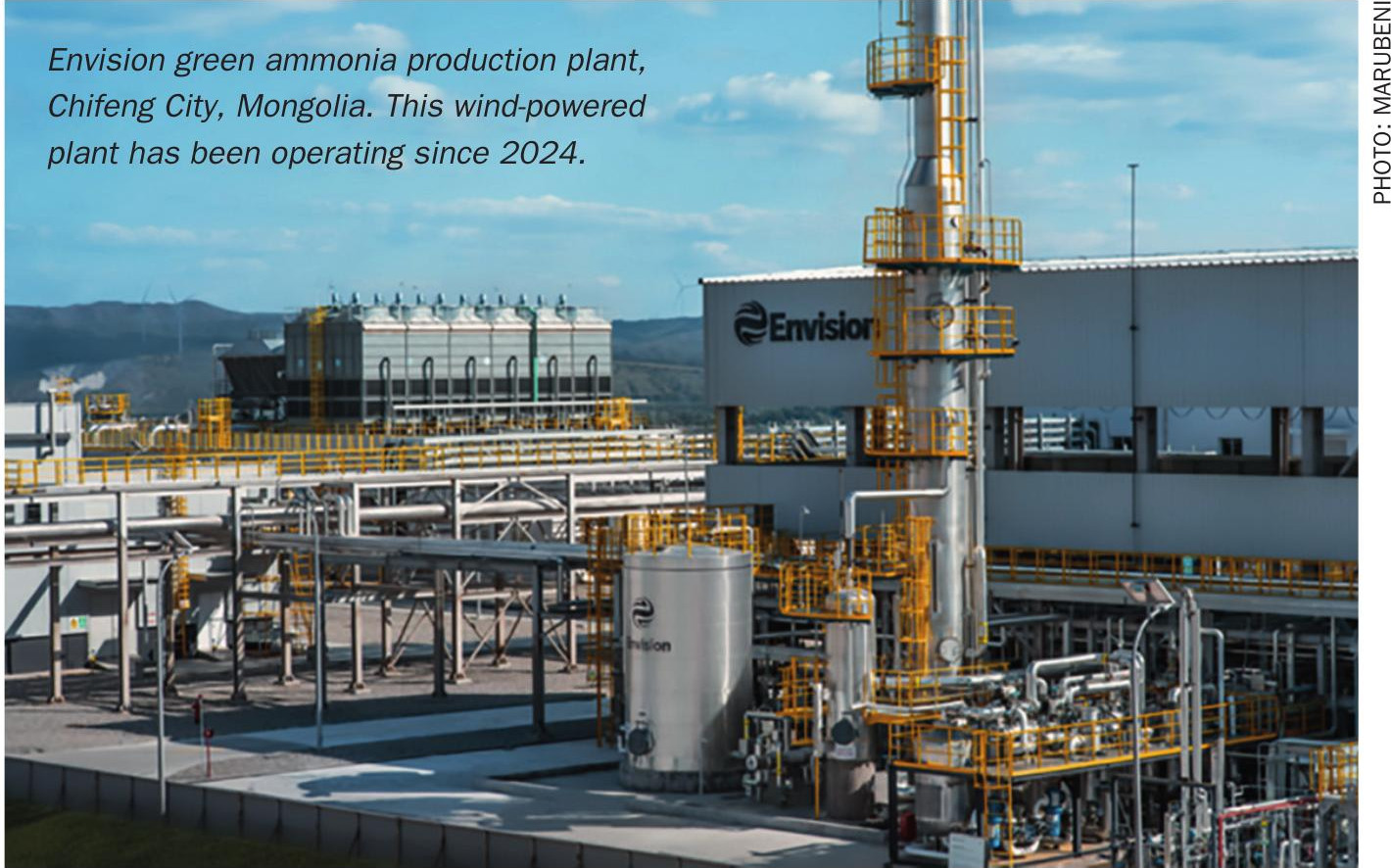Nitrogen+Syngas 369 Jan-Feb 2021

31 January 2021
Market Outlook
Market Outlook

AMMONIA
- Ammonia supplies have been curtailed by production shutdowns, including Kaltim and PT PAU in Indonesia, SABIC and Ma’aden in Saudi Arabia, Sorfert in Algeria and Chinese gas-based producers. There have also been gas curtailments in Iran and Trinidad.
- Low inventories in the US due to a bumper fall application season are likely to lead to stronger than usual buying in anticipation of the spring application season.
- Yara and Mosaic agreed a price for January of $270/t c.fr Tampa, up $15/t on the $255/t c.fr agreed for December and in line with expectations of a higher settlement.
- Industrial ammonia demand is also recovering after much Covid-related disruption during 2020.
- With supply still constrained in some areas, the prospects are for higher ammonia prices during 2021 in the western hemisphere, although prospects are slightly flatter in the eastern hemisphere.
UREA
- Last year’s record Indian demand seems to have abated, and fresh tenders are not expected before March/April.
- A fresh outbreak of Covid-19 and resultant lockdown has affected urea plant operations in China’s northeastern Hebei province
- China is also facing urea production cuts due to gas supplies being cut to plants to allow increased power production during the winter. This is leading to high Chinese domestic prices and a lack of product being offered to the export market.
- Lack of availability and good prices for grain have led to New Orleans prices jumping at the start of 2021 to $320/ st f.o.b. NOLA ($350/metric tonne), up $65/t in just the first couple of weeks of the new year, to secure cargoes from around the world.
- At the moment the prospect seems to be for higher prices in the short term, especially once Indian buyers return to the market.
METHANOL
- Methanol prices have been rising as supply tightens. Gas curtailments have affected production in Iran and China. Other supply outages have occurred at Tomet in Russia and Equinor in Norway. This has coupled with low storage levels due to previous outages to tighten supply in all major markets.
- Conversely, demand has appeared to be robust in spite of the second wave of coronavirus infections in Europe and North America. Demand was particularly strong in Europe, especially into the formaldehyde sector. In the US, a strong construction sector also helped lift prices for chemical derivatives.
- Methanex posted its January 2021 US reference price at $1.45/gallon ($482/ metric tonne), a jump of $0.25/gallon ($83/t), the fifth monthly price rise in a row, and the highest posted price for Methanex since November 2018.
- Continuing supply tightness and strong demand are expected to lead to prices continuing to rise through 1Q 2021.






